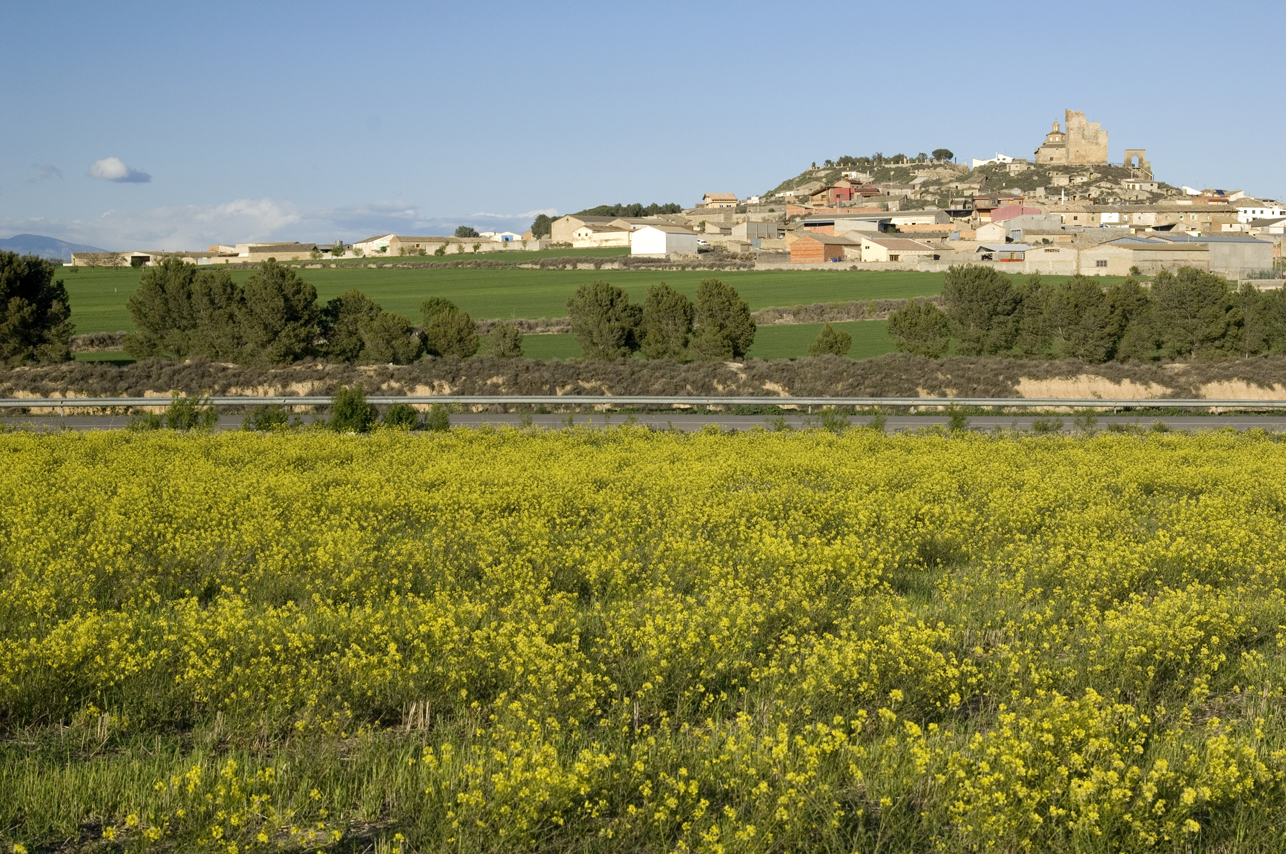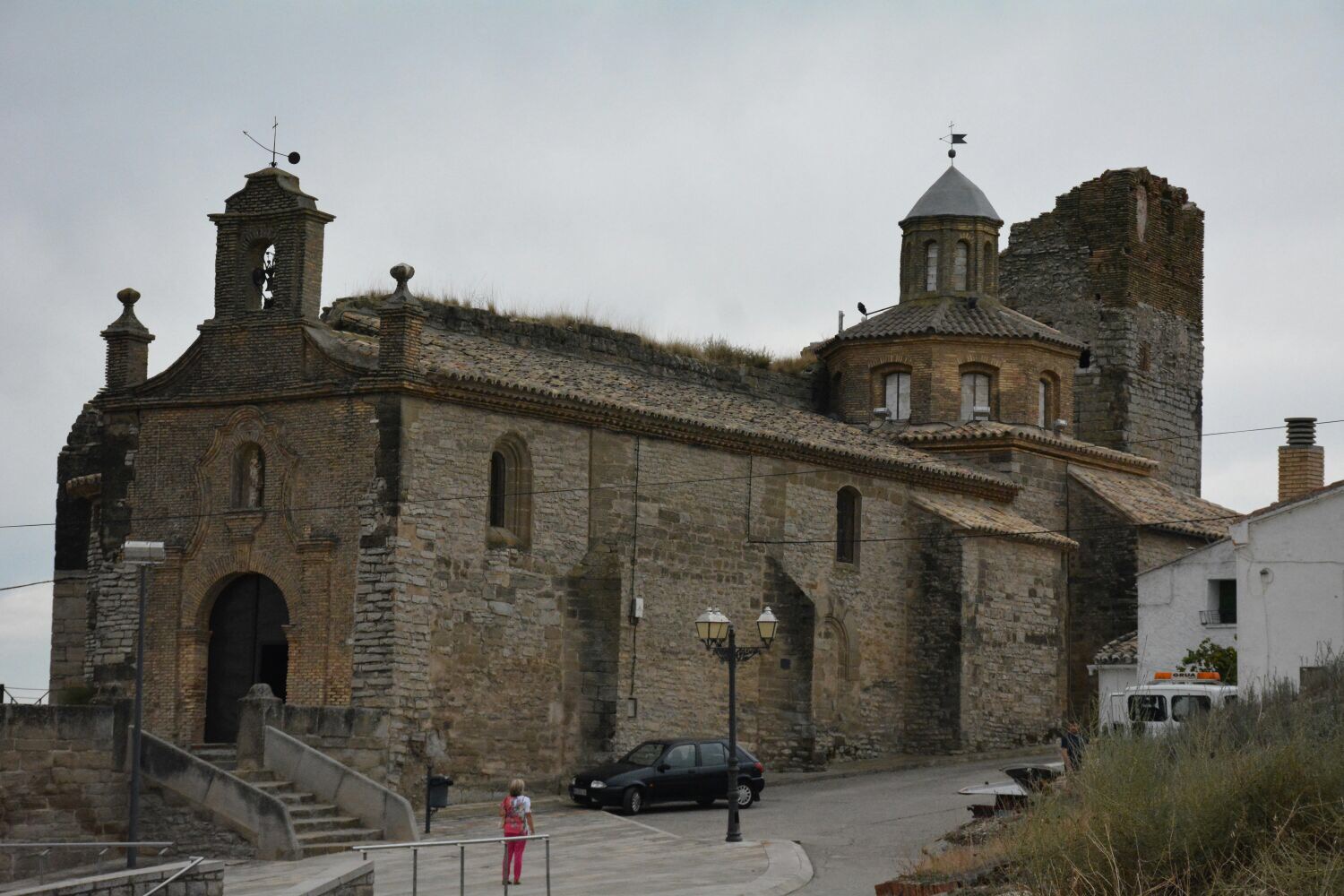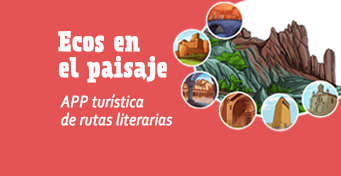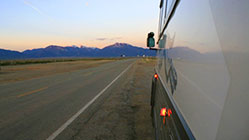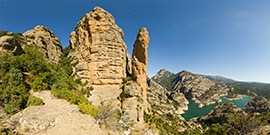Its proud profile can be seen from the road. Despite the fact that some of original buildings surrounding the castle have not been preserved, seen from the distance, it is easy to fill in the missing parts.
The importance of Almudévar and its history can be traced back to prehistoric times. Located on the Violada plains, archaeological remains have provided evidence of settlements here over the millenium. Archaeology tells us that groups of people continued to live here in Pre-Roman times: the buildings on the top of Torre Lierta date back to that age.
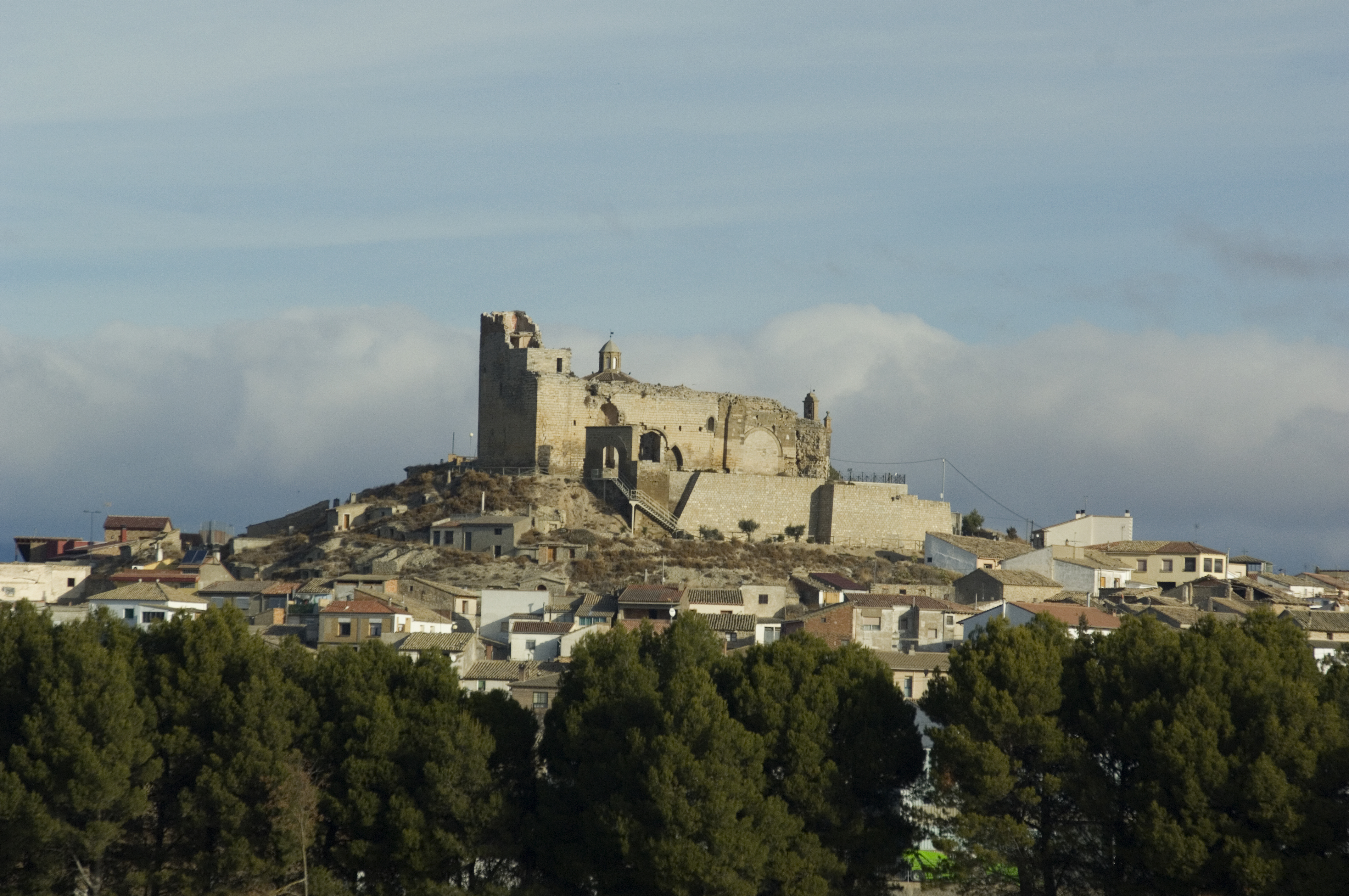
However, the current village has its roots in Roman times: heir of the roman villa of Bortina, built in the same exact spot as Almudévar today, according to the research of Pedro Carrillo.
The fall of the Roman Empire and the arrival of the Visigoths did little to diminish the village's importance; in fact, the Silver Route gave the village an even more important role to play.
Almudévar was under Muslim rule during the Middle Ages. The settlement must have been quite important, as it paid a series of rights to Sancho Ramírez, together with eleven other villages.
Muslim rule lasted from 714 to 1118, when the village was coverted to Christianity. This is when it was given the name Almudévar, which means "the round" and likely alludes to the oval shape of the place where the castle sits and which today is called the "corona (crown)".
One of the most important milestones in the history of Almudévar was in 1364, as the town was chosen as the venue for the meeting between Charles II of Navarre and Henry II of Castile with the Queen of Aragon to plot the dethronement of Peter I of Castile. Another important fact: the village of Almudévar had a vote in the courts.
The village's progressively increasing importance was directly related to its growth, the center of the village moving from the top of the hill to the hillside and centered around a new axis, the village's main street.
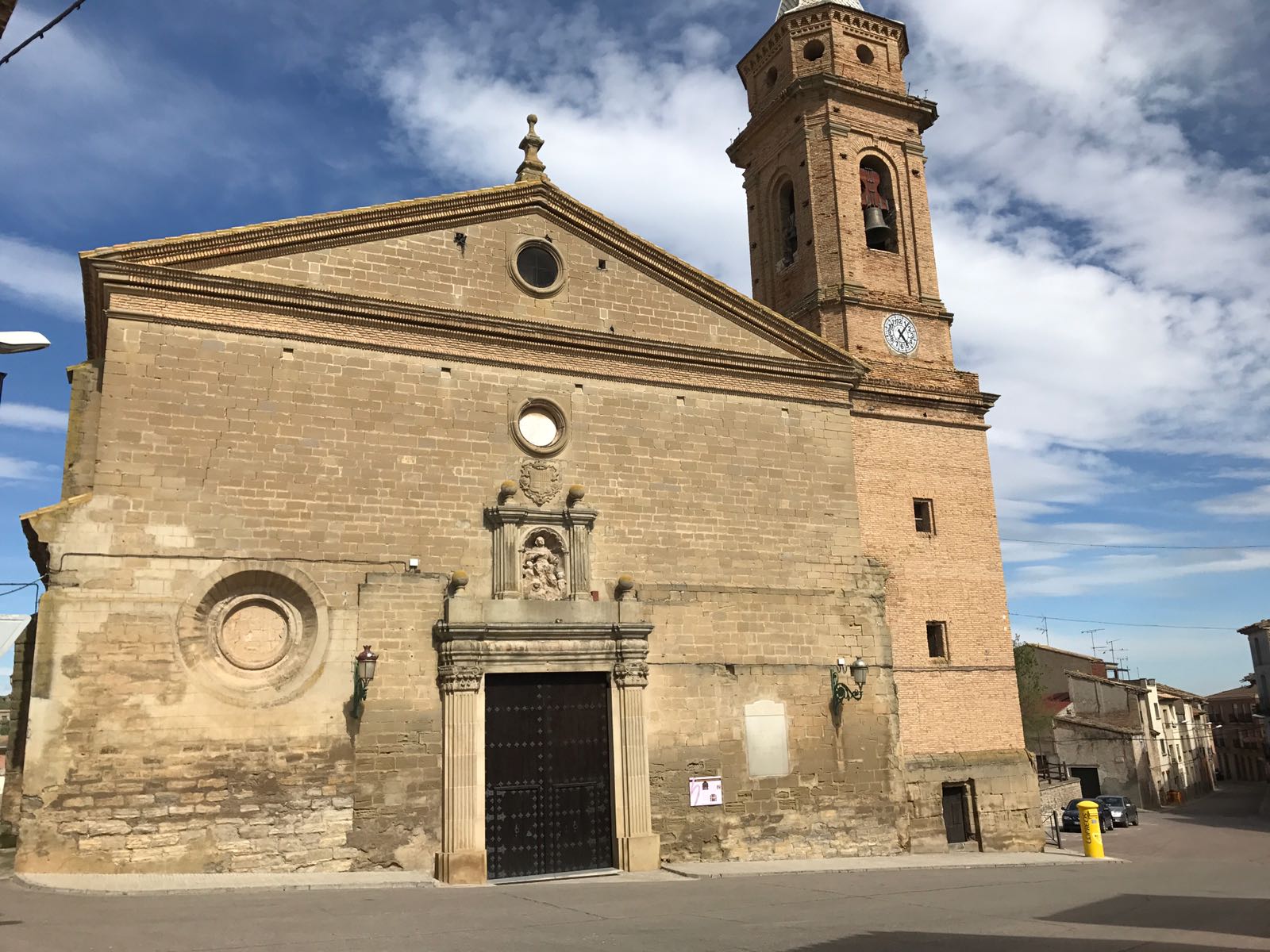
Agriculture and livestock have always been the main cornerstones of the economy in Almudévar, although the supply industry also played a role (fabric, bread ovens, windmill...).
The town has a varied range of tourist attractions: from the center of the original village, with the remains of the castle and the Church of Nuestra Señora de la Corona, both of which boast beautiful surroundings with spectacular views of the plain and the entire region, to the outskirts of town. Once at the top, visitors can head down, stopping to visit the Pozo Chelo and the Bodegón Interpretation Center (on oenology and viticulture), next to the "crown" and the castle. Visitors will pass by the Parish Church of Nuestra Señora de la Asunción (1759-1762), built on top of the same piece of land and part of the old Romanesque Church of San Miguel (remains in the south wall can still be seen today), and also the Town Hall and Calle Mayor; if you look closely at the surroundings you can see 16th-century La Culada pool, "Las Bodegas" natural heritage site, the viewpoint, the Tres Caños fountain, the Santo Domingo, Pilar and Carmen crosses, as well as the Pedro Saputo hiking trail; Saputo was a famous character from Aragon's folk literature created by Braulio Foz in 1844, and whose adventures you'll learn as you walk the farther along the path.
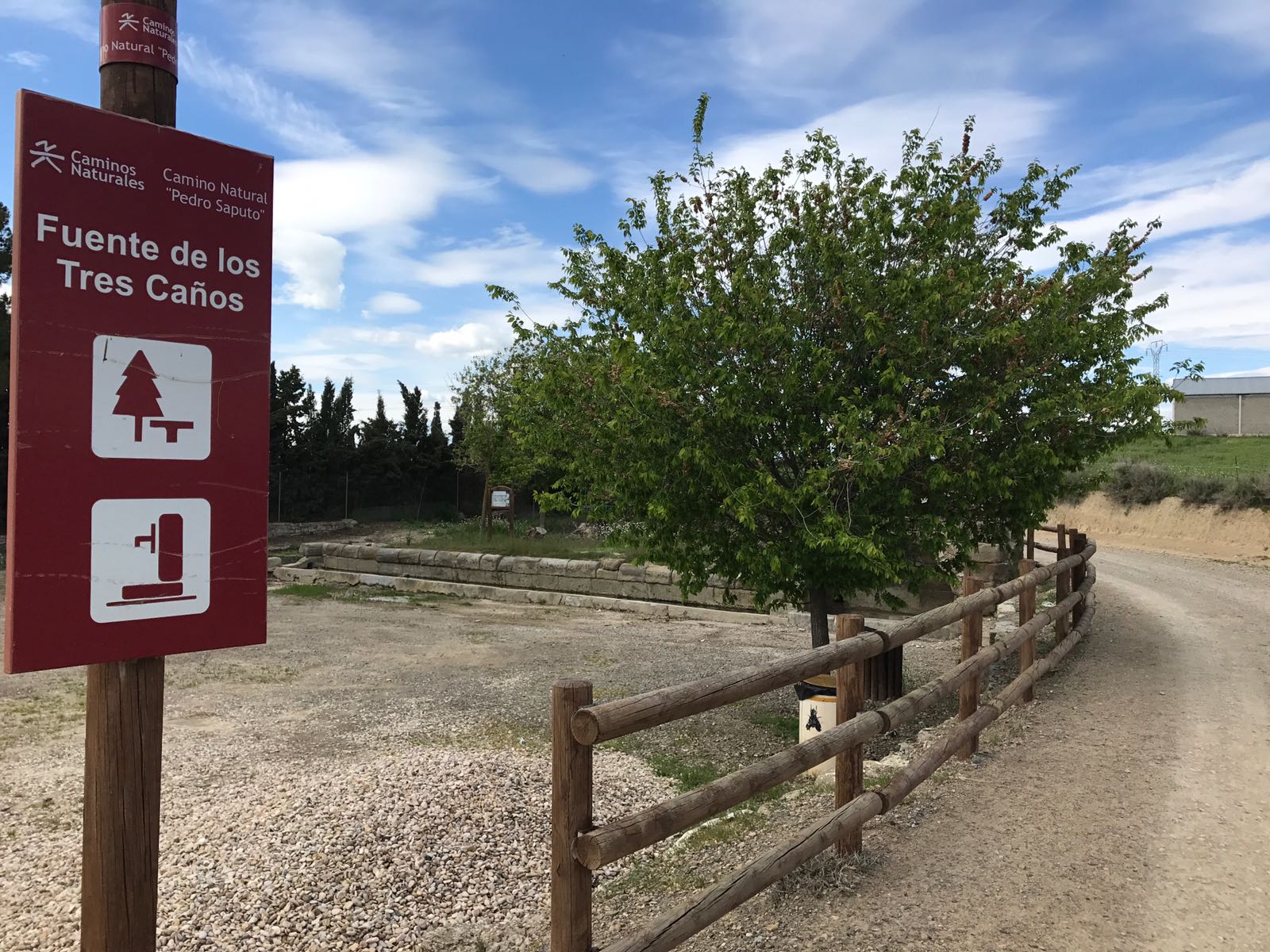
The surroundings also unveil another detail: traces of the Spanish Civil War can be found in trenches still dug into the plain.
Important dates for the town are its yearly festivals, which begin on September 7th, an extremely important social and cultural event that showcases the town's traditions through parades, religious activities, and dances. All presided over by the Virgen de la Corona (Virgen of the Crown), honored by the town's inhabitants and above all by the "mairalesas" (festival queens) and the "quintos" (youth groups).
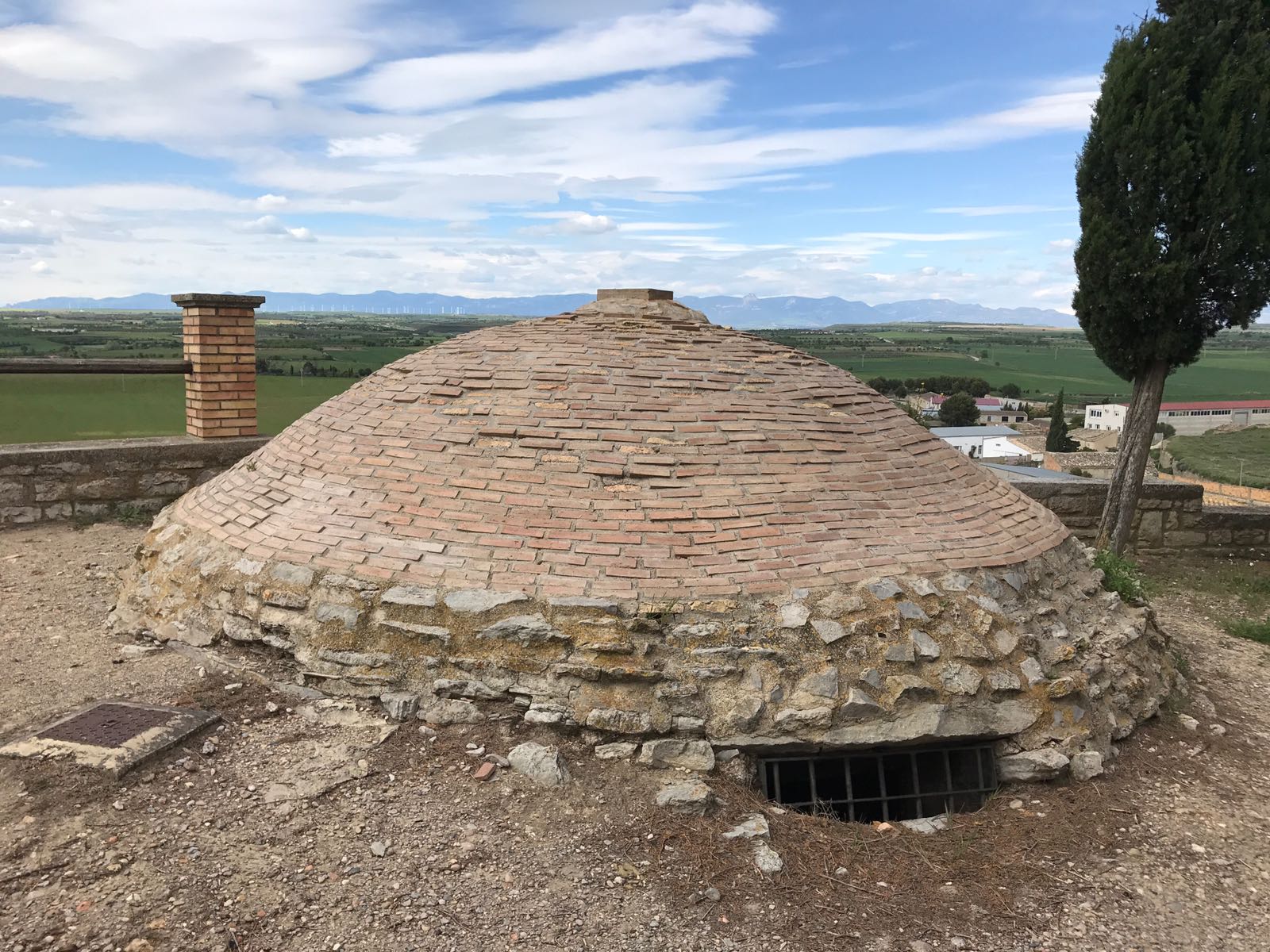
Another of the most important events on the town calendar is Holy Week and its climax, "La Rota de la Hora", on Holy Thursday at 12 noon.
Finally, a culinary note: the famous "trenzas de Almudévar" (Almudévar braided pastry) are a can’t-miss.
All these iconic sights and events in Almudévar make the town well worth a visit for its history, culture, and cuisine.

















